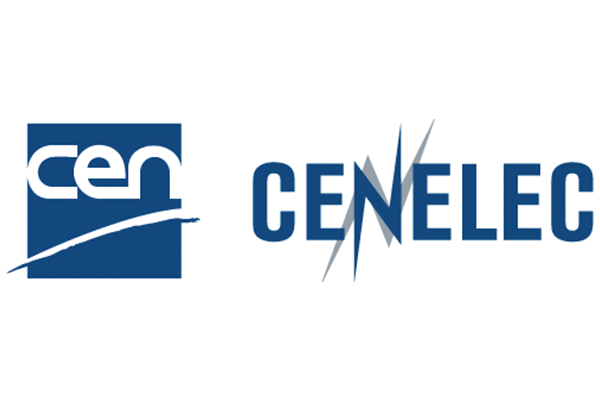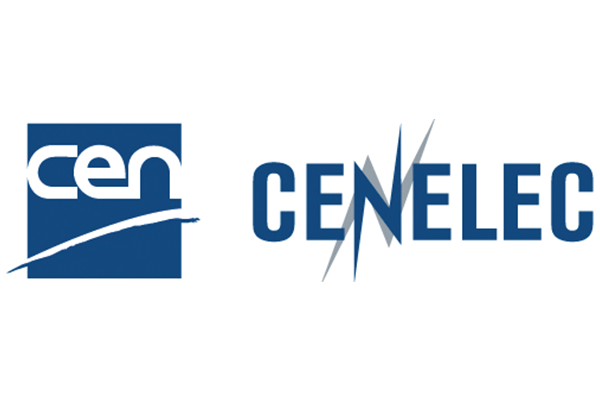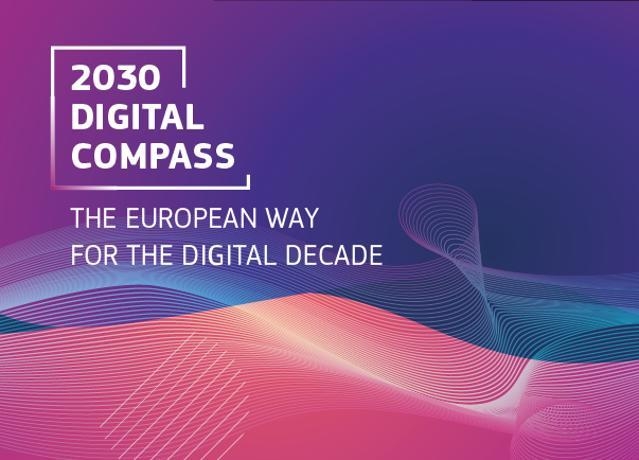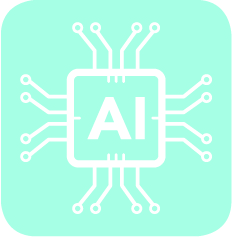Main News

Standards@Rail: CEN and CENELEC celebrate the European Year of Rail
2021 is the European Year of Rail. On this occasion, CEN and CENELEC are proud to highlight the important role European standards play to ensure the well-functioning of a key sector for the future of Europe. Standardization on railways application is part of CEN and CENELEC’s wider work on transportation, a complex and large portfolio: it includes 1234 standards from CEN and CENELEC. These standards are mainly developed by two Technical Committees (TCs), CEN/TC 256 'Railway Applications' and CLC/TC 9X 'Electrical and electronic applications for railways'.
In particular, standards on rail cover a wide range of topics specifically related to railways applications (products, processes and services), such as, among others, safety, rolling stock capacity, system efficiency, as well as cybersecurity, digitalisation, and automatic couplings. This work on rail contributes massively to the development of safe, innovative and efficient railway systems infrastructure, rolling stock and systems, and supports the EU in its strategic ambitions.

European Commission, standards are crucial for European Climate Adaptation policy
On 24 February 2021 the European Commission adopted the new EU Strategy on Adaptation to Climate Change, which is setting the pathway to prepare for the unavoidable impacts of climate change in Europe. The Commission clearly states in the strategy that they intend to “increase cooperation with standardization organisations to make sure that existing standards are climate-proof and to develop new ones for climate adaptation solutions”.
CEN and CENELEC support the European effort to mitigate climate change, an also the preparation for its unavoidable consequences. Since the publication of the first EU adaptation strategy in 2013, CEN and CENELEC have been working closely with the European Commission on climate proofing the key infrastructures by revising the relevant priority standards. The first set of standards that include adaptation solutions from various sectors are being now finalised.
In addition to the extension of the activities of the CEN-CENELEC Adaptation to Climate Change Coordination Group, at the end of 2020 the new CEN/TC 467 ‘Climate Change’ was also established with the objective to develop European standards in support of the EU policy objectives. This clearly indicates the importance of climate change in the European standardization. An overview of CEN and CENELEC’s activities to support the efforts to mitigate climate change can be found on the policy paper “Standards in support of the European Green Deal Commitments”

Europe's Digital Decade: Commission towards a digitally empowered Europe by 2030
The European Commission presents a vision, targets and avenues for a successful digital transformation of Europe by 2030. This is also critical to achieve the transition towards a climate neutral, circular and resilient economy. The EU's ambition is to be digitally sovereign in an open and interconnected world, and to pursue digital policies that empower people and businesses to seize a human centred, sustainable and more prosperous digital future. This includes addressing vulnerabilities and dependencies as well as accelerating investment.
To make the next years Europe's ‘Digital Decade'; responds to the European Council's call for a ‘Digital Compass'; and builds on the Commission's digital strategy of February 2020. The Communication proposes to agree on a set of digital principles, to rapidly launch important multi-country projects, and to prepare a legislative proposal setting out a robust governance framework, to monitor progress – the Digital Compass.
Europe's Digital Compass: The Commission proposes a Digital Compass to translate the EU?s digital ambitions for 2030 into concrete terms. They evolve around four cardinal points:
- Digitally skilled citizens and highly skilled digital professionals: By 2030, at least 80% of all adults should have basic digital skills, and there should be 20 million employed ICT.
- Secure, performant and sustainable digital infrastructures: By 2030, all EU households should have gigabit connectivity and all populated areas should be covered by 5G.
- Digital transformation of businesses: By 2030, three out of four companies should use cloud computing services, big data, and Artificial Intelligence.
- Digitalization of public services: By 2030, all key public services should be available online; all citizens will have access to their e-medical records; and 80% citizens should use an eID solution.

CEN and CENELEC launched a new Joint TC on Artificial Intelligence
Even though Artificial Intelligence (AI) has existed since the 1950s, the rapid developments in the past years have turned it into one of the most promising sectors within ICT. There has been an enormous growth in investments and use of AI systems in many sectors such as automobile, health and aeronautics, creating new challenges for both industry and society.
To ensure the development of trustworthy AI systems that respect fundamental values and human rights recognised in Europe, standardization is needed. For this reason, CEN and CENELEC have established the new CEN-CENELEC Joint Technical Committee 21 ‘Artificial Intelligence’, based on the recommendations presented in the CEN-CENELEC response to the EC White Paper on AI and the German Standardization Roadmap for Artificial Intelligence. The Joint Technical Committee, whose Secretariat is held by DS, the Danish Standardization Body, will be responsible for the development and adoption of standards for AI and related data, as well as provide guidance to other Technical Committees concerned with AI.
CEN - CLC/JTC 21 will proceed with the identification and adoption of international standards already available or under development from other organizations like ISO/IEC JTC 1 and its subcommittees, such as SC 42 Artificial Intelligence. Furthermore, CEN-CLC/JTC 21 will focus on producing standardization deliverables that address European market and societal needs, as well as underpinning EU legislation, policies, principles, and values.






